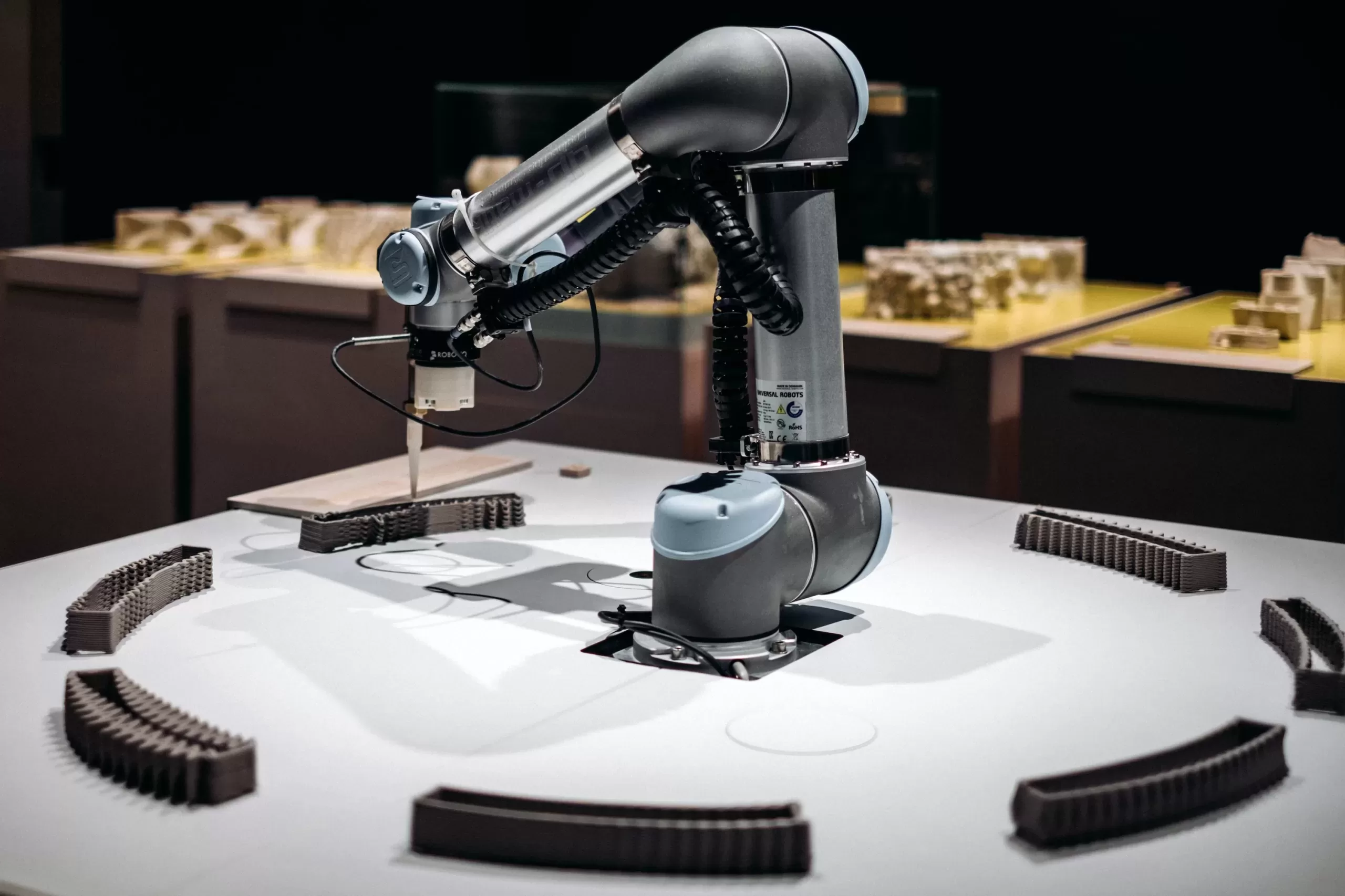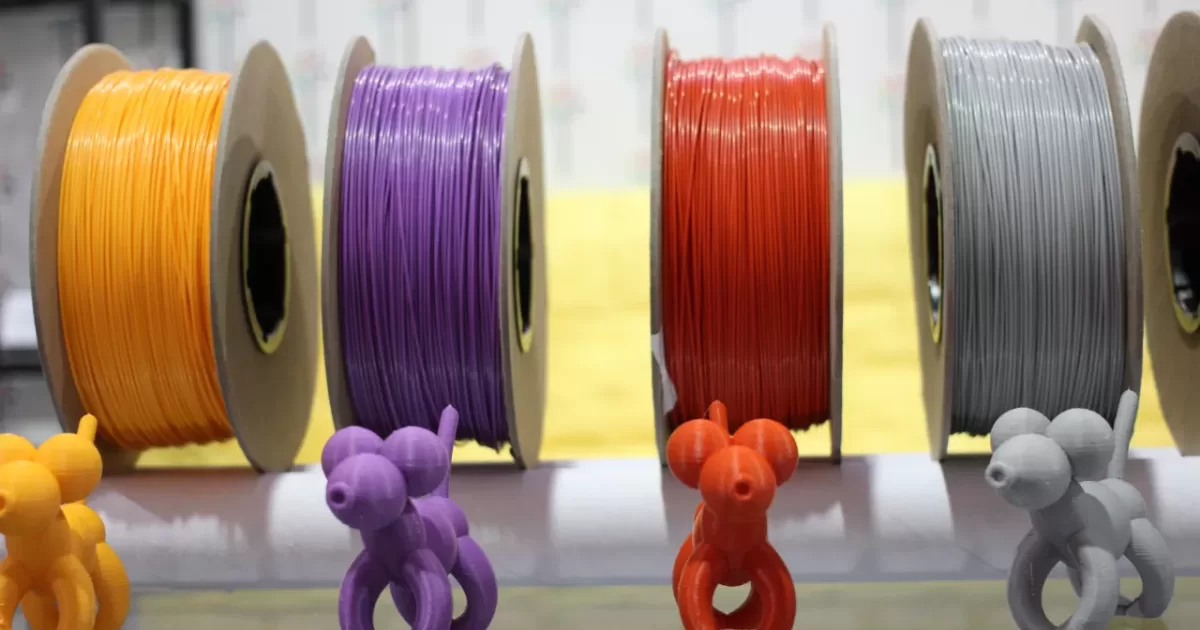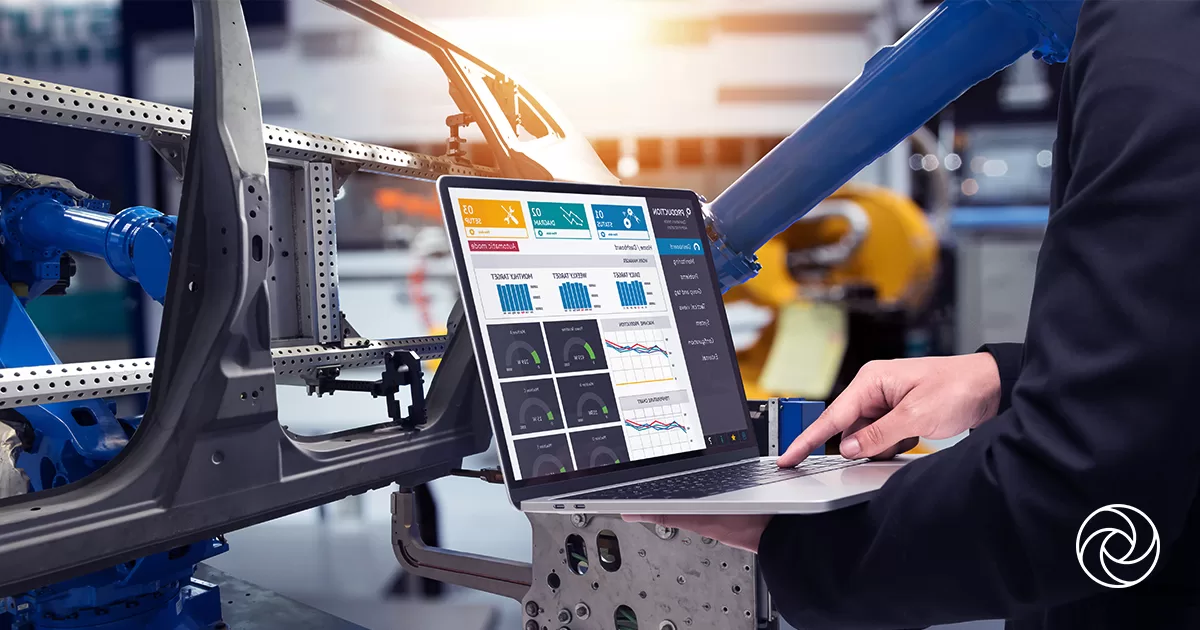Introduction
3D printing has revolutionized the manufacturing industry, enabling the creation of intricate designs and prototypes with ease. One crucial aspect of 3D printing is the choice of materials. In this article, we will delve into the latest materials used in 3D printing, their properties, and their applications. Join us on this exciting journey into the world of 3D printing materials.

- Understanding 3D Printing Materials:
When it comes to 3D printing, a wide range of materials is available, each offering unique properties and characteristics. Some commonly used materials include thermoplastics, metals, ceramics, and composite materials. Let's explore a few of these materials in detail. - Thermoplastic Materials:
Thermoplastics are the most widely used materials in 3D printing due to their versatility and affordability. Popular thermoplastics include PLA (Polylactic Acid) and ABS (Acrylonitrile Butadiene Styrene). PLA is known for its biodegradability and ease of use, making it suitable for various applications such as prototyping and consumer products. ABS, on the other hand, offers higher strength and durability, making it ideal for functional parts and industrial applications. - Metal Materials:
Metal 3D printing has gained significant attention in industries such as aerospace, automotive, and healthcare. Materials like stainless steel, titanium, and aluminum alloys are commonly used. Metal 3D printing allows for complex geometries and lightweight designs, opening up new possibilities for advanced engineering components and customized medical implants. - Ceramic Materials:
Ceramic 3D printing has emerged as a promising field, offering the ability to create intricate ceramic structures with precision. Materials like zirconia and alumina are used for applications in the dental, jewelry, and aerospace industries. Ceramic 3D printing enables the production of high-performance parts with excellent thermal and chemical resistance. - Composite Materials:
Composite materials combine the advantages of different materials to create enhanced properties. For example, carbon fiber-reinforced polymers (CFRP) are widely used for lightweight and high-strength applications. The combination of carbon fiber and thermoplastics results in parts that are both strong and flexible, making them ideal for aerospace, automotive, and sporting goods. - Applications and Future Developments:
The applications of 3D printing materials are vast and continuously expanding. From rapid prototyping to custom manufacturing, 3D printing has revolutionized various industries. Furthermore, ongoing research and development efforts are focused on exploring new materials and improving existing ones, aiming to enhance performance, reduce costs, and address specific industry needs.
Conclusion
As 3D printing continues to evolve, the choice of materials plays a crucial role in unlocking its full potential. Whether it's thermoplastics, metals, ceramics, or composites, each material offers unique characteristics that cater to specific requirements. By staying updated on the latest materials and their applications, we can explore new possibilities and push the boundaries of what can be achieved with 3D printing. Embrace the world of 3D printing materials and witness the transformative power they hold in shaping the future of manufacturing.




